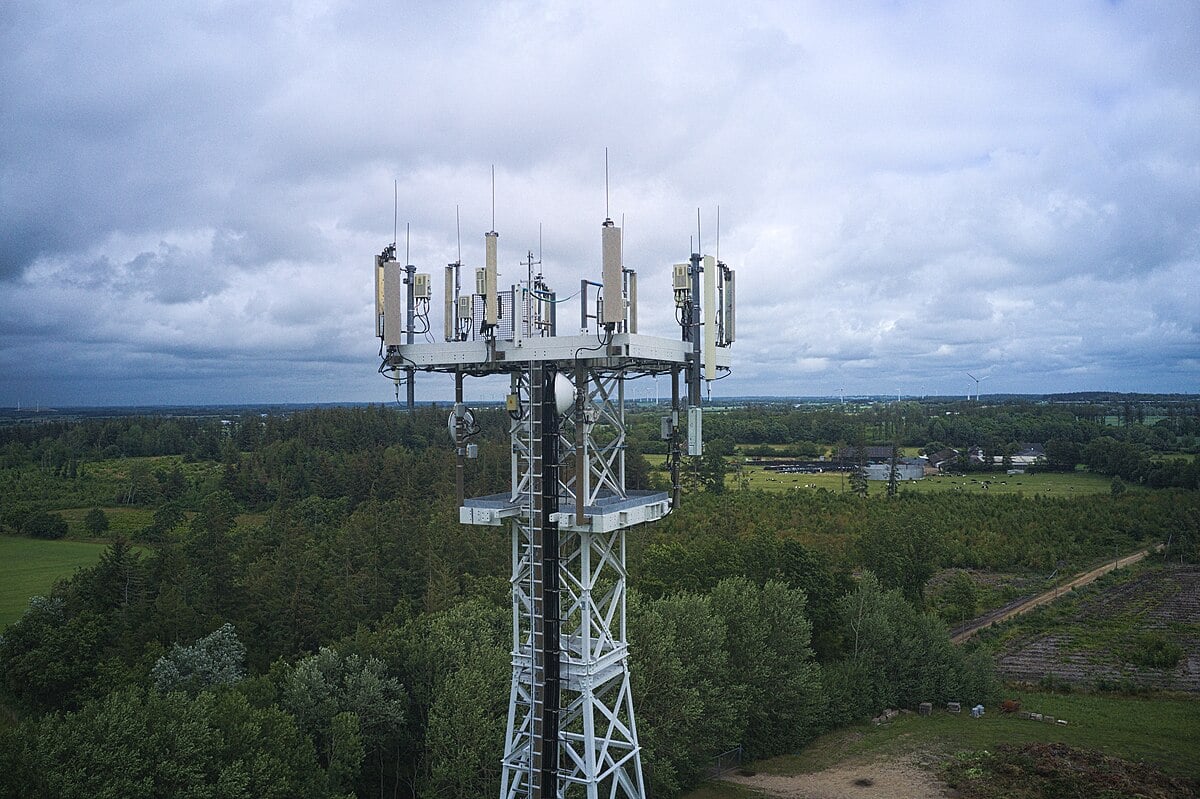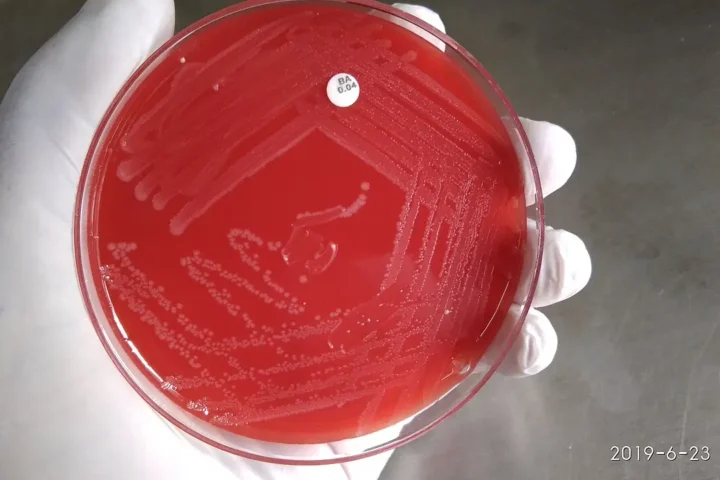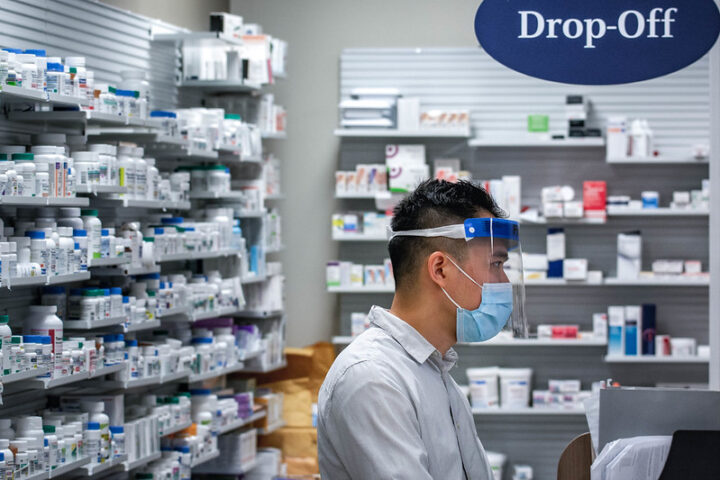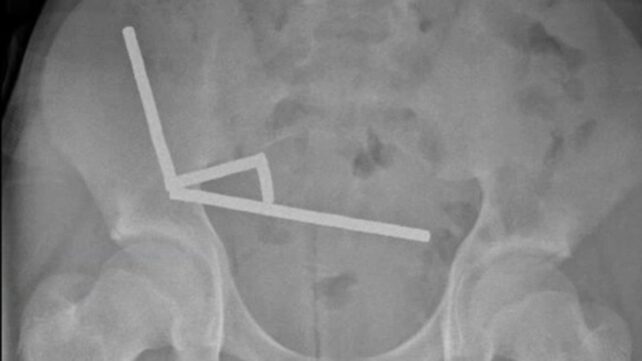New research from Constructor University brings clarity to a question many have wondered about: Does 5G technology harm our skin cells? The answer is reassuring – even at exposure levels ten times higher than what we experience from our phones and cell towers, 5G signals caused no damage to human skin cells.
The research team, led by Professors Alexander Lerchl and Marc Torsten Hütt, tested 5G frequencies on actual human skin cells in their lab. They used two types of cells that make up our skin – fibroblasts and keratinocytes – the cells that create our skin’s protective barrier and keep it healthy.
“Our data strongly support the assessment that 5G frequencies do not cause harmful effects on human skin cells,” says Professor Lerchl, who has spent years studying how electromagnetic fields interact with living tissue.
What Makes This Study Different?
The scientists didn’t just test regular 5G exposure – they went far beyond. They exposed skin cells to 5G frequencies of 27 and 40.5 GHz for up to 48 hours straight, at power levels ten times stronger than what’s legally allowed for cell phones and towers. Even under these extreme conditions, the cells showed no signs of damage.
To ensure accurate results, the research team used a “blind” setup – the scientists analyzing the cells didn’t know which samples had been exposed to 5G signals. They also carefully controlled the temperature to rule out any effects from heating, a common concern with electromagnetic fields.
The team looked deep into the cells, checking both their genes and DNA patterns. What they found was clear – the tiny differences they saw were no different from normal cell variations that happen by chance.
Similar Posts
Understanding 5G and Our Bodies
5G uses radio waves to transmit data, just like earlier mobile networks. The key difference is that 5G can use higher frequencies. These higher frequencies actually penetrate less deeply into our bodies than older technologies – they only reach a few millimeters into the skin.
This is why the Constructor study focused on skin cells. Since these cells are our body’s first point of contact with 5G signals, understanding how they react helps us understand 5G’s safety overall.
Global Health Organizations Weigh In
The Constructor University findings align with what major health organizations worldwide have been saying. The World Health Organization (WHO), after reviewing years of research, maintains that wireless technologies are safe when used within established guidelines.
The International Commission on Non-Ionizing Radiation Protection, which sets safety standards for wireless technology, updated its guidelines in 2020 to cover all 5G frequencies. These guidelines are designed to protect us from any known health effects.
Looking Ahead
While the Constructor University study adds important evidence to our understanding of 5G safety, scientists continue to study the technology as it evolves. This ongoing research helps ensure that as wireless technology advances, it remains safe for everyday use.
The study, published in the scientific journal PNAS Nexus, represents some of the most thorough research to date on how 5G frequencies interact with human cells. By testing extreme conditions and finding no harmful effects, it provides solid evidence that 5G technology, when used as intended, poses no risk to our skin cells.



















